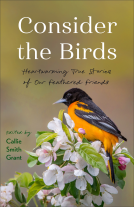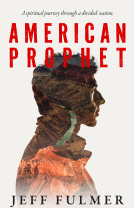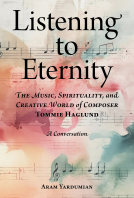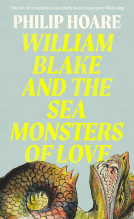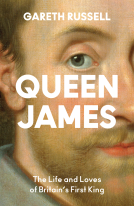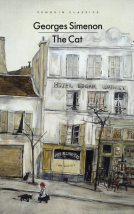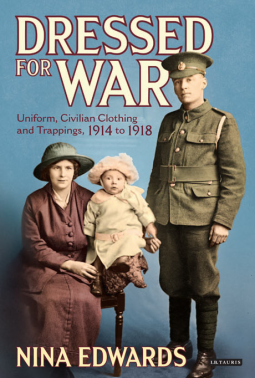
Dressed for War
Uniform, Civilian Clothing and Trappings 1914-1918
by Nina Edwards
This title was previously available on NetGalley and is now archived.
Send NetGalley books directly to your Kindle or Kindle app
1
To read on a Kindle or Kindle app, please add kindle@netgalley.com as an approved email address to receive files in your Amazon account. Click here for step-by-step instructions.
2
Also find your Kindle email address within your Amazon account, and enter it here.
Pub Date 11 Nov 2014 | Archive Date 10 Dec 2014
Description
IT COULD BE SAID THAT FASHION WAS RESPONSIBLE FOR THE OUTBREAK OF WWI
Attempts to tend to the wounds of Archduke Franz Ferdinand were impeded by his layers of clothing, which he liked to be sewn into in order to ensure a perfect fit. By the time they’d managed to cut through his clothes, the Duke had died, and so WWI began...
Did you know these other clothing-related facts about WWI?
Paris saw a fashion craze for jewellery made from fragments of exploded shells.
German underwear was rumoured to be of better quality so Allied troops were ordered to collect samples of enemy underwear from the dead.
WWI introduced the wrist watch for men (previously worn by women only) as pocket watches were impractical in the trenches.
About the Book
Men in khaki and grey squatting in the trenches, women at work, gender bending in goggles and overalls over their trousers, a girl at the Paris theatre in pleated, beaded silk, a bangle on her forearm made from copper fuse wire from the Somme. What people wear matters. Dressed for War is the story of what people on both sides wore on the front line and on the home front through the seismic years of World War I.
Nina Edwards reveals fresh aspects of the war through the prism of the smallest details of personal dress, of clothes, hair and accessories, both in uniform and civilian wear. She explores how, during a period of extraordinary upheaval, a particular preference for a type of perfume or the just-so adjustment to the tilt of a hat, offer insights into the individual experience of men, women and children during the course of World War I.
About the author
Nina Edwards is a writer and cultural critic, whose books include On the Button: The Significance of an Ordinary Item and Offal: A Global History.
A Note From the Publisher
This Galley is an uncorrected draft proof.
Advance Praise
No Advance Praise Available
No Advance Praise Available
Marketing Plan
No Marketing Info Available
No Marketing Info Available
Available Editions
| EDITION | Hardcover |
| ISBN | 9781780767079 |
| PRICE | £25.00 (GBP) |
Average rating from 21 members
Readers who liked this book also liked:
Jeff Fulmer
General Fiction (Adult), Politics & Current Affairs, Religion & Spirituality
Aram Yardumian
Biographies & Memoirs, Nonfiction (Adult), Religion & Spirituality
Michelle Johnston, Marshall Goldsmith
Business, Leadership, Finance, Nonfiction (Adult), Self-Help
Philip Hoare
Arts & Photography, Biographies & Memoirs, Nonfiction (Adult)
